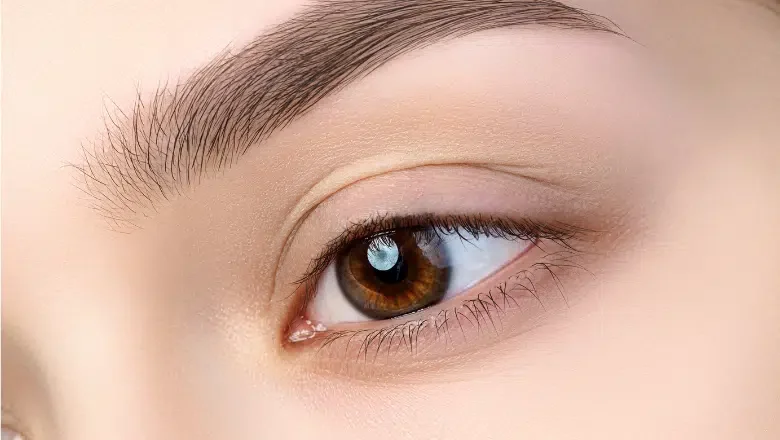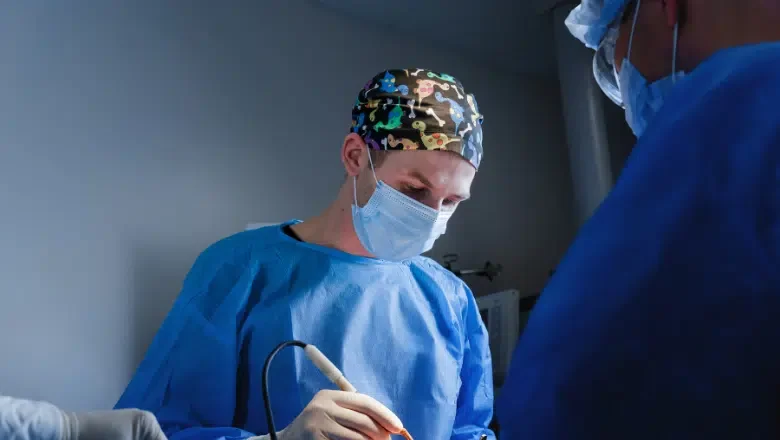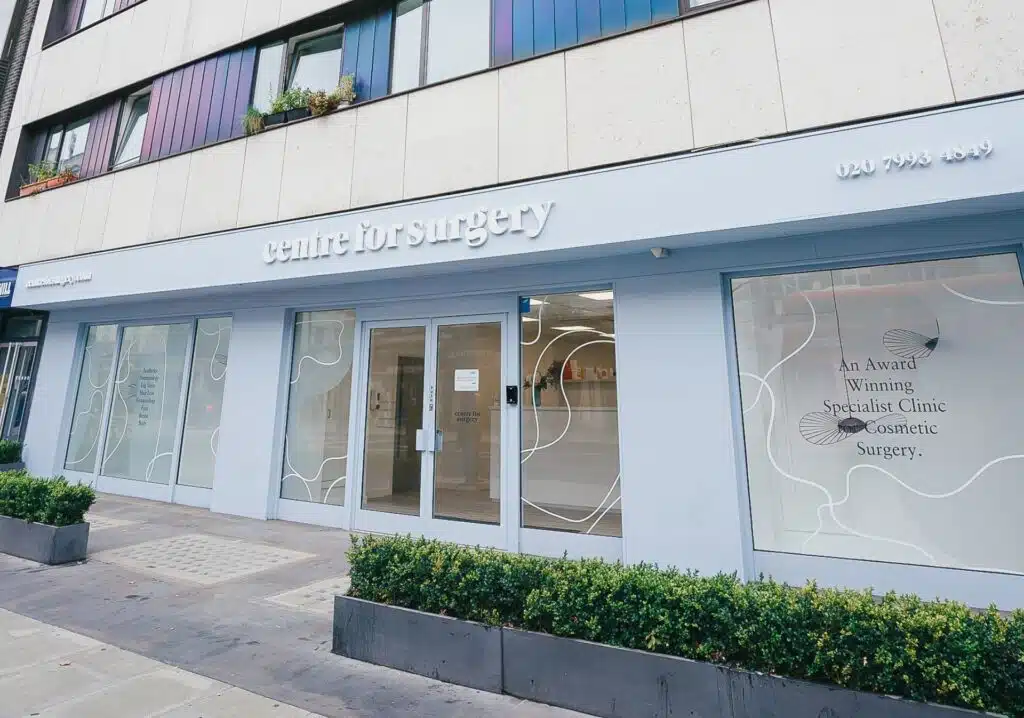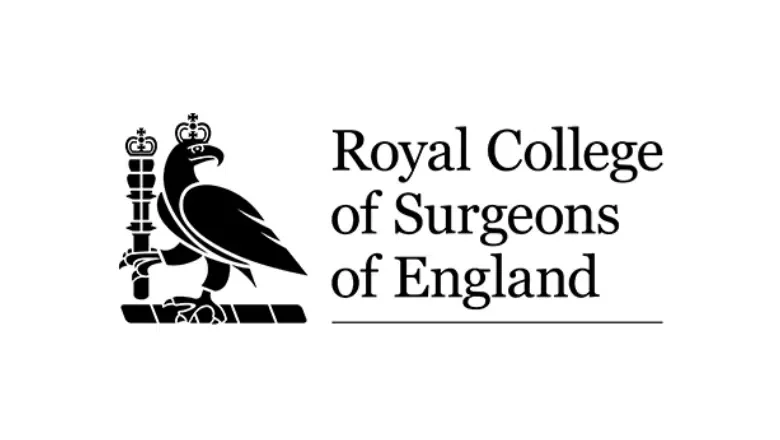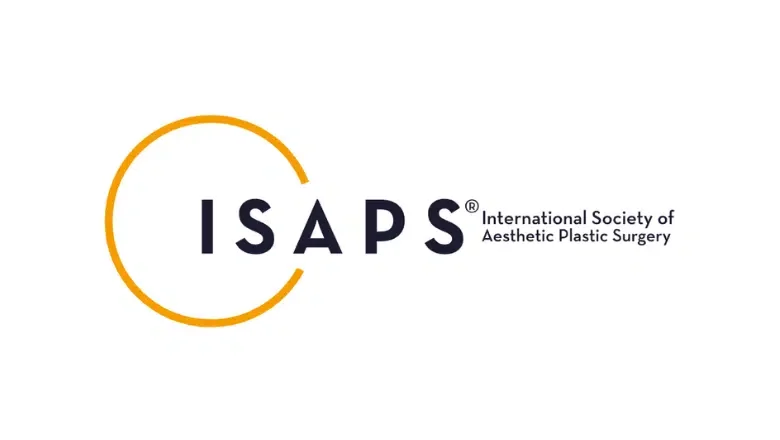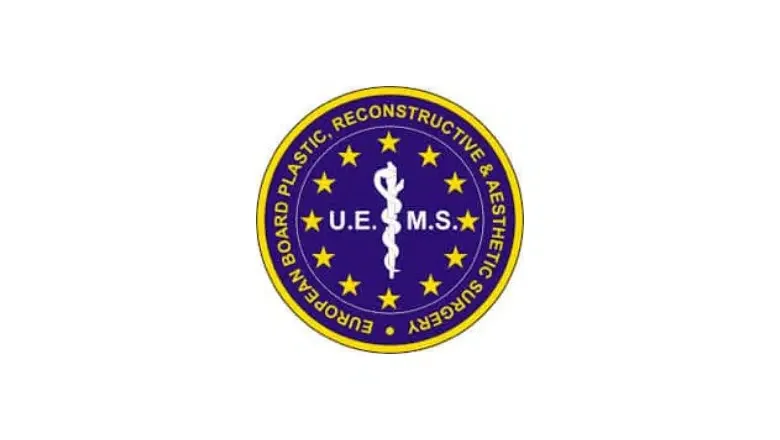Understanding Drooping Eyelids: Their Impact on Vision and How Surgery Can Help
The term ‘eyelid ptosis‘ refers to a situation where the upper eyelid droops down lower than its usual position. While it might sound complicated, think of it simply as a drooping eyelid. This drooping can occur for a range of reasons – it might be due to the natural process of ageing, a result of an injury, or even because of particular medical conditions.
Now, for some individuals, this drooping is quite subtle, not really impacting their sight or their overall look. However, for others, the situation can be more pronounced. In these cases, the drooping eyelid can significantly obstruct vision and lead to a noticeable alteration in one’s facial appearance.
If you’re based in or around London and you’re considering addressing this issue, Centre for Surgery is a leading plastic surgery clinic specialising in procedures like these. Located in the heart of London, our clinic boasts a team of top-notch surgeons who have extensive experience with eyelid surgery as well as a host of other surgical and non-surgical treatments.
Causes of Eyelid Ptosis: From Birth to Old Age
The phenomenon of drooping eyelids, medically termed ‘eyelid ptosis’, is a curious one. Remarkably, it doesn’t show favouritism based on age. From the very young to the gracefully aged, anyone can experience this condition. So, what exactly brings about this droopiness in the eyelids?
When we dive into the causes of eyelid ptosis, we find that they neatly fall into two main categories: acquired and congenital.
The acquired form of eyelid ptosis is the more frequently encountered one. A significant chunk of cases stems from the inevitable march of time. As the years roll on, the levator muscle – that essential component responsible for lifting our eyelids – can lose its vigour, leading to a descending eyelid. Apart from the ageing process, there are other culprits too. Issues with the nerves, past eye surgeries, or even traumas to the eye region can result in this form of ptosis.
Switching gears to congenital eyelid ptosis, this type is present right from birth. It arises when the levator muscle, for some reason, doesn’t take shape as it should during foetal development. Although it’s less frequently seen compared to its acquired counterpart, it’s crucial to tackle this type of ptosis at an early stage. If left unchecked, it can pave the way for vision-related complications as the child grows.
Identifying Eyelid Ptosis: More Than Just a Droopy Eyelid
When we speak about eyelid ptosis, the immediate visual that comes to mind is a droopy upper eyelid. However, the symptoms of this condition extend beyond this singular characteristic, encompassing a variety of signs that can differ in terms of their severity and influence on one’s day-to-day activities.
- A Visual Mismatch Between the Eyes: Often, the first clue is an imbalance in how the two eyes look. One eye might be perfectly fine, while the other visibly droops. This difference becomes particularly noticeable in photographs or during those moments spent examining oneself in the mirror.
- The Ebb and Flow of Droopiness: Interestingly, not everyone experiences a consistent droop. For some, mornings might start with alert, awake eyes, only for the eyelids to slacken as the day wears on and fatigue sets in.
- Elevating the Eyebrows: Many people unconsciously resort to lifting their eyebrows in an attempt to elevate the drooping skin and widen their visual field.
- Adopting a Head Tilt: A common adaptive strategy is to tilt the head back slightly. This helps one see beneath the sagging eyelid, especially when trying to focus on things placed above their line of sight.
- Eye Narrowing: Some find relief in squinting, which can momentarily reduce the droopiness and sharpen vision.
- Uncomfortable Sensations: Beyond just affecting sight, eyelid ptosis can cause physical discomfort.
- Muscular Strain in the Eyes: Constantly trying to see past the droop can tire out the eye muscles, leading to sensations of weariness or heaviness.
- General Fatigue: The collective impact of compensating for the drooping eyelid can sap one’s energy, leaving them feeling drained by day’s end.
- Tension-Induced Headaches: The combination of constant brow lifting and the ensuing strain can culminate in headaches, primarily centred around the forehead.
- Challenges in Everyday Activities: A diminished field of vision can throw a spanner in the works of routine tasks. For instance, reading might turn into a dance of adjusting angles, and night-time driving might become riskier owing to decreased visibility.
- Eye Moisture Imbalance: The eyelid’s changed position can upset the eye’s moisture balance. Some might battle dry eyes, while others might experience the opposite: a flood of tears as the eye attempts to right the imbalance.
While the aesthetic aspect of a drooping eyelid might be the most overt sign of eyelid ptosis, the condition’s repercussions are multi-faceted. It’s not just about appearance; it’s about clarity of vision, ease of daily activities, and an individual’s overall sense of well-being. Spotting these signs early can be the key to seeking out effective treatments in good time.
Understanding Blepharoplasty: A Comprehensive Guide to Eyelid Surgery
Blepharoplasty, more commonly referred to as eyelid surgery, is a specialised medical procedure tailored to address the issue of droopy eyes, a condition known as eyelid ptosis. The surgery is meticulously designed to either remove or tighten the surplus skin and muscle found in the upper eyelid. By doing so, the eyelid is effectively restored to its original, proper position, significantly enhancing both an individual’s vision and overall facial appearance.
Typically, this procedure is expertly carried out by a qualified plastic surgeon. More often than not, it is undertaken using local anaesthesia, allowing the patient to undergo surgery and return home on the same day as an outpatient.
RELATED: Best Eyelid Surgeon in London
The journey towards undergoing eyelid surgery kicks off with a thorough and detailed eye examination. During this assessment, the plastic surgeon meticulously evaluates the extent of your ptosis, determining the severity of the droop and deciding whether you are a suitable candidate for the surgery.
As the procedure commences, the plastic surgeon carefully makes a small incision within the natural fold of your eyelid. Through this incision, the surgeon meticulously tightens the levator muscle, which is responsible for lifting the eyelid. This action effectively elevates the position of the eyelid to its desired state. Upon completion of the surgery, the incision is closed using sutures, marking the beginning of your recovery journey.
Blepharoplasty offers numerous and noteworthy benefits. The most prominent advantage is the improvement in vision. By rectifying and adjusting the position of the drooping eyelid, the surgery alleviates the visual hindrances caused by eyelid ptosis, thereby making daily tasks more manageable and safe.
RELATED: Blepharoplasty (Eyelid Lift) Before & After Gallery
The recovery process post-eyelid surgery is generally straightforward and uncomplicated. Right after the procedure, it is common for patients to experience a degree of swelling, some bruising, and a bit of discomfort in the area surrounding the eye. These symptoms are considered normal and are expected to recede within one to two weeks. Your surgeon will offer specific postoperative care guidelines to facilitate a smooth and efficient recovery. These recommendations may include the use of cold compresses to reduce swelling, prescribed medications to manage pain, and advice to refrain from engaging in strenuous activities. Additionally, several follow-up appointments will be scheduled with your plastic surgeon. During these sessions, the medical team will closely monitor your healing progress and promptly address any concerns or queries that you may have.
Exploring Alternatives to Blepharoplasty for Treating Eyelid Ptosis
Blepharoplasty, commonly known as eyelid surgery, stands as a well-known treatment for eyelid ptosis. However, various non-surgical alternatives can also effectively address drooping eyelids. Here’s a closer look:
- Muscle Relaxant Injections: This involves injecting muscle relaxants into specific muscles responsible for eyelid elevation. The result is a quick and non-invasive lift that is immediate but temporary, necessitating follow-up treatments every several months.
- Dermal Fillers: Fillers, like hyaluronic acid, lend volume and structural support to the upper eyelid. This offers a visibly lifted appearance instantly but might result in temporary swelling or bruising.
- Ptosis Crutches: These are petite devices affixed to eyeglasses, aiding in preventing the eyelid from sagging. While practical and non-invasive, they are only effective with glasses on and may not be comfortable for all.
- SmoothEye Laser Treatments: These work by tightening and rejuvenating the skin around the eyes. This procedure not only assists with eyelid elevation but also mitigates fine lines. Do note, it might necessitate multiple sessions, and potential side effects include swelling or redness.
- Fotona4D: This method harnesses laser energy to promote skin tightening around the eyes. It aids in collagen production but might entail several sessions and may be somewhat uncomfortable.
- Morpheus8: This innovative procedure employs radiofrequency energy to tighten eye skin. Despite its non-invasive nature, some individuals find the procedure a bit painful and might notice temporary redness post-treatment.
- Acupuncture: This traditional practice might elevate drooping eyelids by activating specific points near the eyes. As a holistic treatment, it also fosters overall well-being. However, efficacy varies, and it typically requires multiple appointments.
- Topical Solutions: Daily application of skincare products infused with peptides or retinoids can offer a mild tightening effect. Although easy to use and non-invasive, results tend to be subtle and not long-lasting.
Addressing eyelid ptosis goes beyond mere aesthetics. It’s a concern that can genuinely impact both appearance and vision. Nonetheless, equipped with knowledge about both surgical and alternative treatments, individuals can make informed choices.
Frequently Asked Questions on Eyelid Ptosis
Will the benefits of eyelid surgery be permanent?
While the improvements from blepharoplasty tend to endure a long time, remember that the surgery doesn’t freeze the clock on the natural ageing process. However, many individuals cherish the positive outcomes for a great number of years. To extend the longevity of the results, it’s recommended to keep up with good skincare habits and shield your eyes from direct sunlight.
Can eyelid ptosis be treated without surgery?
Absolutely. Although surgical intervention remains the most comprehensive solution for eyelid ptosis, there are less invasive approaches that might offer a degree of relief or enhancement, even if just temporarily. Options include injections that relax muscles, ptosis crutches designed for eyeglasses, and the use of fillers. The efficacy of these treatments does differ and might not be the best fit for everyone.
How can I pinpoint the exact reason behind my sagging eyelids?
An in-depth eye check-up conducted by an eye specialist or oculoplastic surgeon will shed light on why your eyelids might be drooping. Eyelid ptosis is a frequent culprit, but sometimes other conditions like excessive skin on the upper eyelid (dermatochalasis) or sagging eyebrows (brow ptosis) may present similarly.
Is it possible for my private medical insurance to cover the expenses of the eyelid surgery?
In scenarios where a sagging eyelid notably hampers your vision – and this can be validated with specific tests – your private health insurance might deem the blepharoplasty procedure as essential from a medical standpoint and hence cover the costs. Conversely, if you’re leaning towards the surgery predominantly for aesthetic enhancements, insurance is unlikely to bear the costs. It’s always a wise move to touch base with your insurance company about this and also to broach the subject with your plastic surgeon when you meet them for the first time.
What risks might I face with eyelid surgery (blepharoplasty)?
Every surgical operation carries some level of risk. With blepharoplasty, potential complications could encompass infections, bleeding, visible scarring, persistently dry eyes, challenges in fully closing the eyes, and, although extremely rare, a possibility of vision loss. It’s paramount to have a candid chat with your plastic surgeon about these risks and understand the measures they adopt to minimise them.
RELATED: Risks of Blepharoplasty Surgery – Eyelid Surgery Risks
Why Choose Centre for Surgery for Eyelid Surgery?
When it comes to a delicate procedure like eyelid surgery, you want to entrust your well-being to the best. Here are the reasons why Centre for Surgery stands out:
Expertise & Experience: Our team comprises highly skilled plastic surgeons who specialise in facial procedures. Their vast experience ensures that patients are in safe hands, benefiting from the latest techniques and highest standards of care.
State-of-the-art Facilities: Our Baker Street clinic, located at 95-97 Baker Street, London W1U 6RN, offers cutting-edge technology in a serene environment, ensuring your comfort throughout your journey.
Patient-Centric Approach: Every patient is unique. We believe in tailoring the treatment plan to suit individual needs, ensuring optimal results and patient satisfaction.
Testimonials from our esteemed patients:
“My experience at the Centre for Surgery was wonderful. From the initial consultation to post-op care, the staff were incredibly supportive and professional.” – Sophie L.
“Undergoing eyelid surgery was a big decision for me. But the expertise and warmth at Centre for Surgery made the journey seamless. My eyes look rejuvenated, and I’ve regained my confidence!” – James H.
“The team at Centre for Surgery is top-notch. They provided detailed information, answered all my questions, and the results post-surgery exceeded my expectations!” – Aisha K.
Easy Finance Options: We understand the importance of making our treatments accessible. Hence, we’ve partnered with Chrysalis Finance to provide finance options, including 0% APR, making it easier for you to get the treatment you desire.
Stay Informed: Knowledge is power. Delve deep into the world of plastic surgery with our comprehensive plastic surgery blog. From insights to the latest advancements, it’s all there.
Got Questions? We’ve got answers. Explore our clinic FAQs to find comprehensive responses to the most common queries we encounter.
Ready to embark on your transformation journey? 📞 Call us at 0207 993 4849 or 📧 email at contact@centreforsurgery.com to book your consultation.
For a more in-depth look at what makes Centre for Surgery the preferred choice for many, visit our About Us page.

